| Structure | Name/CAS No. | Articles |
|---|---|---|
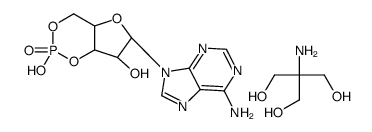 |
ADENOSINE 3':5'-CYCLIC MONOPHOSPHATE TRIS SALT
CAS:102029-77-6 |
|
 |
Sodium selenite
CAS:10102-18-8 |
|
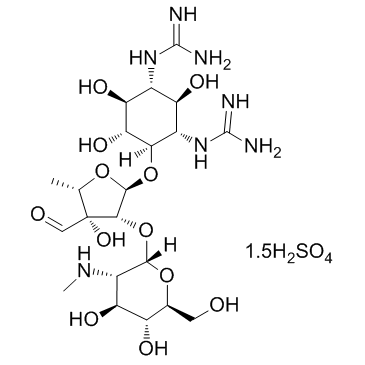 |
Steptomycin sulfate
CAS:3810-74-0 |
|
 |
Melatonine
CAS:73-31-4 |
|
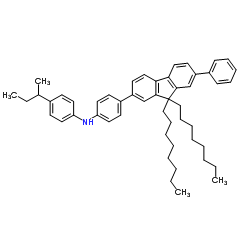 |
Poly(9,9-dioctylfluorene-co-N-(4-butylphenyl)diphenylamine)
CAS:220797-16-0 |
|
 |
Hydrocortisone
CAS:50-23-7 |
|
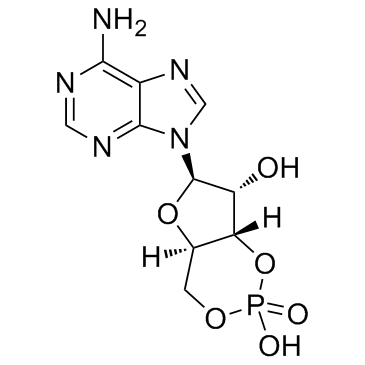 |
Adenosine cyclophosphate
CAS:60-92-4 |
|
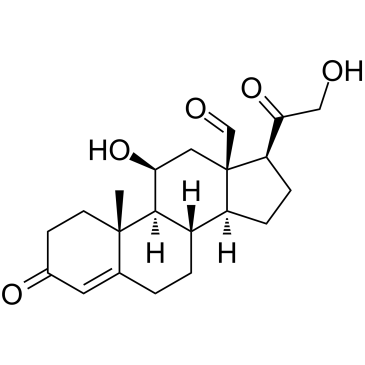 |
aldosterone
CAS:52-39-1 |
|
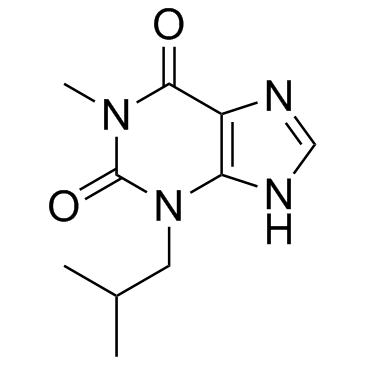 |
3-Isobutyl-1-methylxanthine
CAS:28822-58-4 |